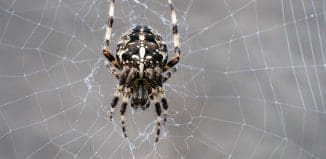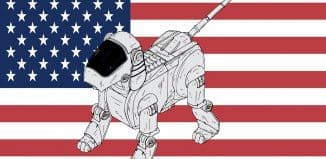Pentagon Orders Hundreds of Small Reconnaissance Robots
This post is also available in:  עברית (Hebrew)
עברית (Hebrew)

FirstLook is engineered with visible cameras, long-wave infrared sensors and thermal cameras – all designed to gather and beam back images and video of nearby terrain such as buildings, caves or any potential IED or hazardous location, said Mark Belanger, director of iRobot’s robotic products.
According to Defense Tech most of the roughly 500 FirstLook robots delivered to the U.S. military have been sent to Afghanistan, he said. The small size of the robot is designed, among other things, to better enable movement for dismounted infantry units carrying a lot of gear. FirstLook can travel at speeds of 3.8 MPH and has a small manipulator arm that can pick up 2.5 pounds of C4 explosive material, Belanger added.
First delivered in 2012, the FirstLook has a line-of-sight range of about 200 meters and uses standard RF technology and tele-operation for navigation. The Pentagon’s Joint Improvised Explosive Device Defeat Organization, or JIEDDO, ordered roughly 100 FirstLook robots in March of 2012 in a $1.5 million deal. Since that time, iRobot has gone on to deliver about 400 more FirstLook robots to U.S. military and law enforcement entities, company officials said.
iHLS – Israel Homeland Security
However, like other small tactical robots made by iRobot such as the PackBot and Small Unmanned Ground Vehicle, FirstLook has received software upgrades allowing it to reach certain levels of semi-autonomy, Belanger said.
While not full autonomy, these semi-autonomous technologies give robots the ability to perform certain key functions without needing to be tele-operated – such as correcting course in some instances. “It has retro-traverse and self-righting capability. If it flips over it can right itself,” he added. “We’re always looking to make robots more intuitive and easy to use.”
FirstLook also has a Chemical Biological Radiological and Nuclear, or CBRN, detection payload designed to assess and detect chemical and biological threats, Belanger said.
The small robot can also function as part of a mesh network wherein video feeds from multiple robots can be looked at in real time, essentially extending the range of the FirstLook sensors.






























